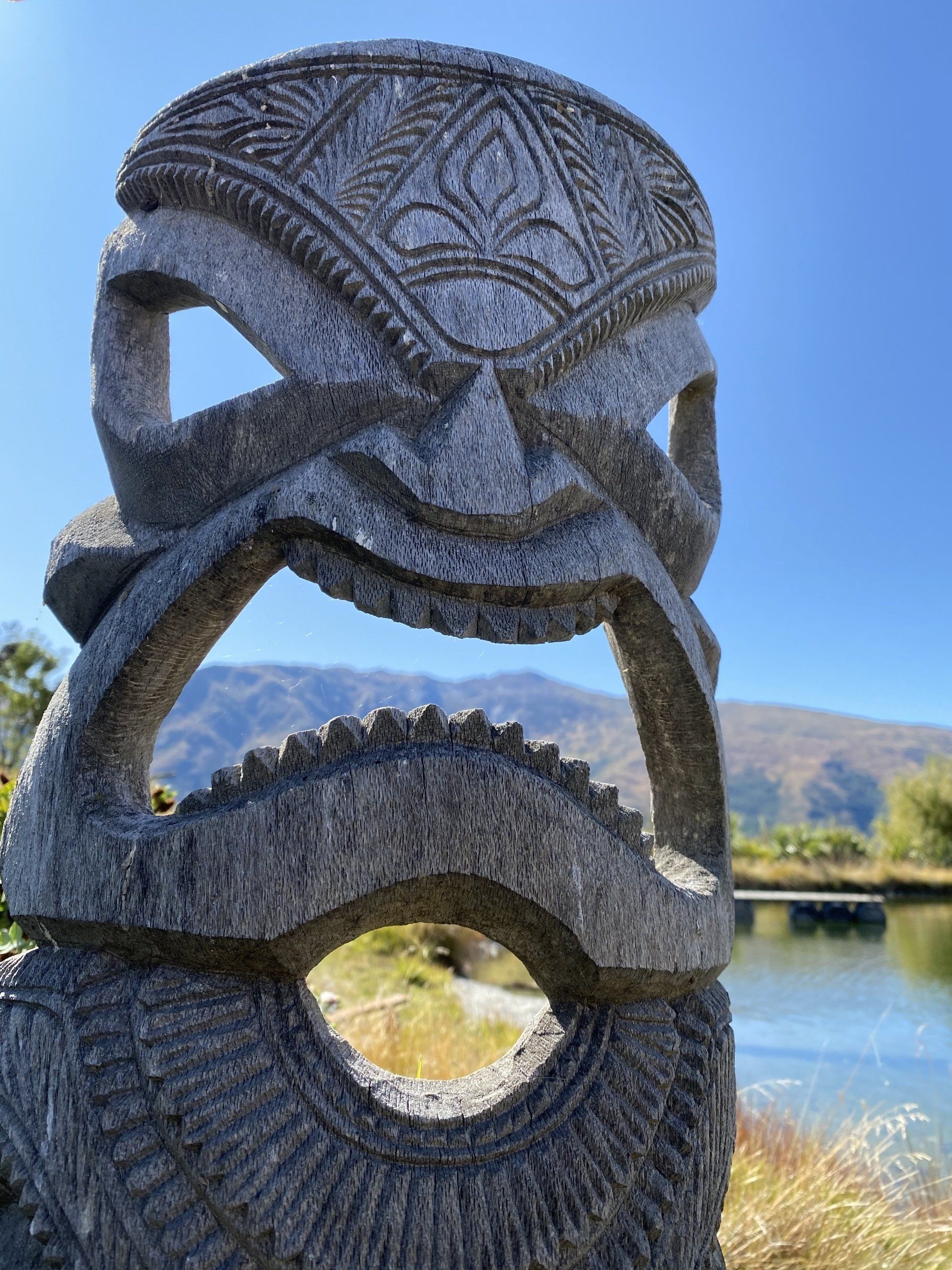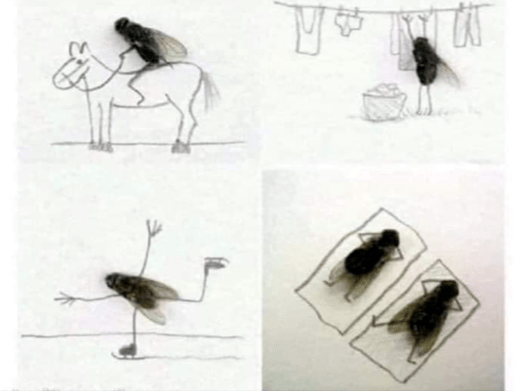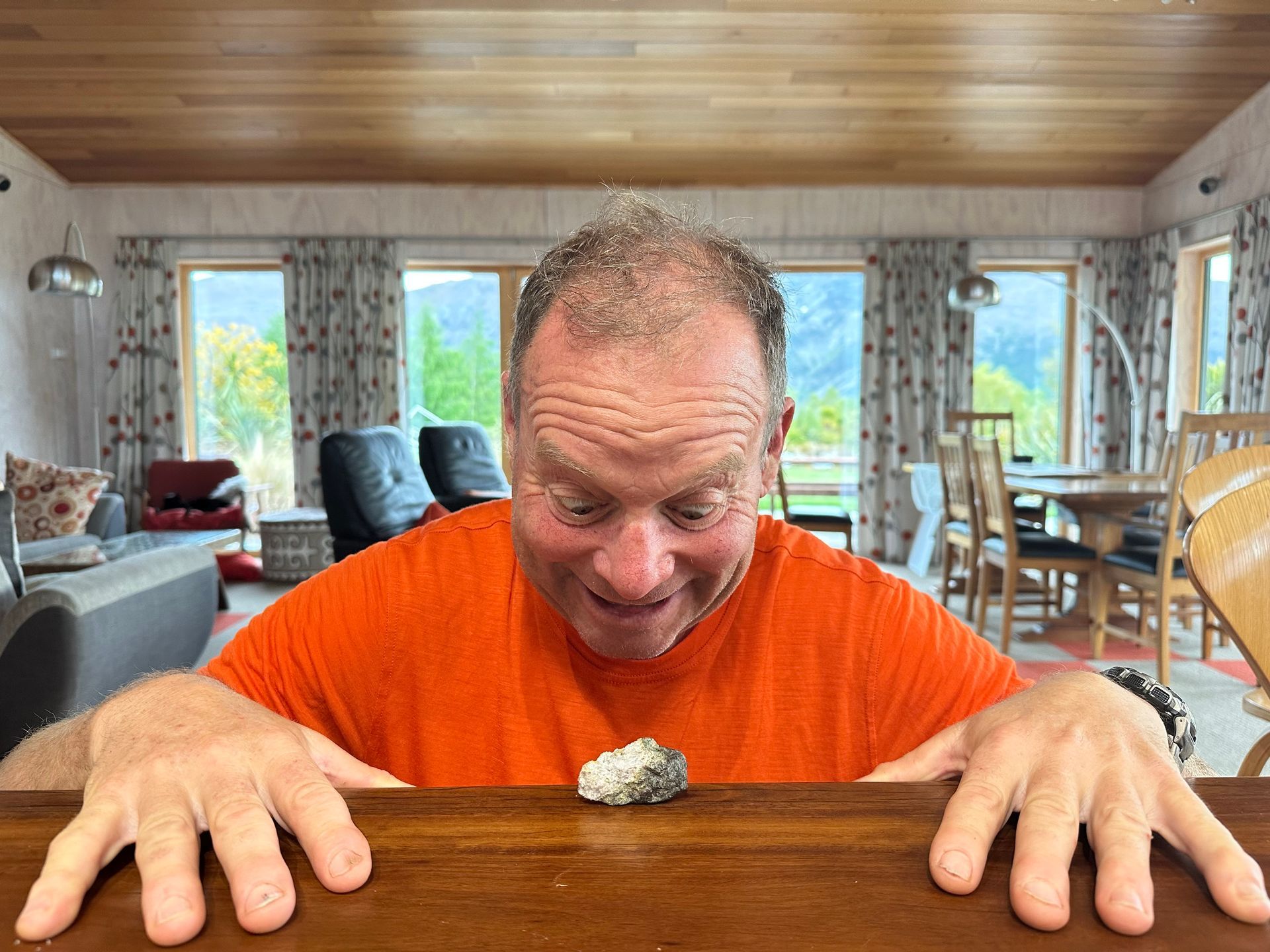Testing times

Menace from Tonga is another friend who hangs out in our bubble. Her name derives from that of Chris’s sister Ximena, which is of Mexican origin and is pronounced approximately like Hee-menna (no offence intended Ximena, honest). Menace is really nice once you get to know her, though her outward appearance can be a little off putting, she realises. Her foreign derivation is another issue for people meeting her for the first time, she doesn’t look exactly like someone home grown. I can’t comment on her accent, because she isn’t hugely talkative.
If Menace was not from your bubble you might be quite concerned about her point of origin and her degree of sanitation. I know how I felt when I encountered my first ‘bubble-foreigner’ since last Saturday, when we went out for a bike ride today (have I really stayed home for the whole of the last week?). We were cycling up Coal Pit Road near our house and, when I looked up, I realised that there was another cyclist between Chris and me. My heart rate actually rose, although I knew this was quite ridiculous. A person on a bike represents a very low degree of infection threat level. My next feeling of stress was related to how to get past the cyclist, while keeping an appropriate distance, and not giving him a fright because I was coming up from behind (in the interests of full disclosure, I should note that I was on an e-bike, while he was on a ‘normal’ bike). I called out, “Hi, passing on your right.”, and gave him a very wide berth. He said a brief “Hello”, but showed no inclination to engage further, and I didn’t recognise him. I then engaged in some internal contemplation of whether he really wasn’t very friendly, or whether he was just behaving in a very neutral manner to deal properly with bubble-foreigners.
Shortly afterwards I encountered bubble-foreigner Number 2, who we knew. Gemma, the ex-publican from the bottom of Coal Pit Road was keen to talk (she is a 1 person bubble), and we maintained a 5m separation while continuing to move uphill and briefly chatted about life in a bubble in the Gibbston valley. In neither case Number 1 nor Number 2 were we risking infection, but the Number 2 interaction was a lot more comforting than Number 1. I wonder how hard it is going to be, as time marches on, to interact with unknown bubble-foreigners who potentially represent a real threat, and how this is going to affect our social fabric. Will we see a future in which one wears some sort of COVID-19 badge indicating immunity, or vaccination status, or worse, infectious status? India has apparently already hand-stamped border entrants with indelible ink to indicate they must remain in self-quarantine. It certainly isn’t unthinkable that any future international travel (which itself seems a rather distant dream), will require proof of COVID-19 vaccination.
I, like many, am hoping that a COVID-19 vaccination becomes a medium term reality, and that a rapid, on-site COVID-19 test is a short term reality. Yesterday, our friend Paul asked me for some good news about medical progress, so here is what I can find from my web sweeps on COVID-19 testing (I will save comments on vaccinations and potential drug therapy for another time).
Managing infection requires knowing if people are infectious, or can be infected, i.e. we need to test people to see if they have, or have had, COVID-19. Good news on the world front has been the spirit of scientific co-operation which led to the COVID-19 genome being published by Chinese scientists a small number of days after the exercise started in January 2020. This is compared to the same exercise taking 3 months for SARS in 2003. The viral genome knowledge crucial for developing tests which identify if someone is infected by COVID-19. The sequenced COVID-19 genome was used to adapt existing testing methods to reliably and reproducibly identify COVID-19 in samples. Note that the only thing worse than no test is a test that gives unreliable results; the USA has already made that mistake with an early test they released.
So we do have tests to see if people have COVID-19, but sampling is invasive, analysis is slow, and they are expensive and limited by availability of critical materials. Present testing requires painful nasal swabbing, or worse, lung sampling, unless you are handily coughing up gunk from your lungs that can be sampled (you don’t really want to be doing this!). Nasal swabbing is often returning a negative test where lung sampling returns a positive result. Your sample will get sent off to a lab which then extracts the genetic building blocks of the virus (RNA, or ribonucleic acid), and then replicates diagnostic parts of those building blocks until there is sufficient quantity to be reliably detectable. However, this testing currently take two days in New Zealand, at best, which is a long time in the infection control game.
We need faster tests that can be done onsite, not sent off to a lab, to see if you are infectious. The scientists are onto this. One of the sticking points in the current tests is that replication of the viral genetic material requires repeated cycles of heating and cooling. At least two organisations have figured out a new process which keeps the samples at the same temperature, speeding up the analytical process:
- Abbott (USA) has developed a point-of-care test which can deliver positive results in as little as 5 minutes and -negative results in 13 minutes. The FDA (USA Food & Drug Administration organisation) has issued Emergency Use Authorisation for the test – approval to release tests generally takes years! Abbott operates in 160 countries but I couldn’t find out how common the ID Now platform, on which this test is done, is distributed throughout the world. Abbott is scaling up to produce about 5 million tests per month – numbers of available tests is clearly a bottleneck for all countries.
- The University of Oxford has developed a test which can give results in just over 30 minutes. It has proven highly accurate so far, but has only been tested on 16 samples. A up-side to this test is that, apparently, it will not need an expensive or complex piece of equipment in order to either carry out the test or interpret the results.
There is a lot of work going on to develop less invasive tests, which can use a finger-prick blood sample or saliva sample, and which identify antigens or antibodies in your system rather than the virus itself. A virus produces antigens which trigger the immune response, as a result your body produces antibodies to kill the virus, even after the virus is eliminated. That’s how you become immune to a disease. An antigen test tells us someone is infected very early in the infection process. In contrast, an antibody test can tell us who has had the virus, once they have recovered. These tests will be less accurate than genome testing, but are potentially easier, faster and cheaper (an important consideration for poorer countries).
The UK is rolling out an antigen test next week, through a collaboration between Thermo Fisher Scientific, Amazon, Boots, Royal Mail, Randox, the Wellcome Trust and leading universities. Right now I can’t find scientific confidence in the reliability of the UK test – this looks like another piece of action research to be watched play out, hopefully with good results. They are also forecasting an antibody test soon.
In regard to that big picture action research, of rates of COVID-19 infection and deaths in different countries, I am having a little break to let meaningful numbers accumulate. Of greatest note on that front is that Sweden is wavering in terms of whether it wants to continue being a test case for a relatively relaxed approach to physical distancing; Stockholm is considering locking down.

Day 4 of quarantine – found six dead flies (only ate one)






